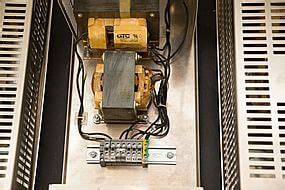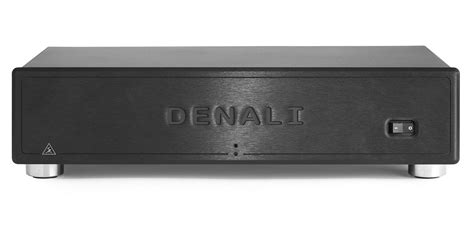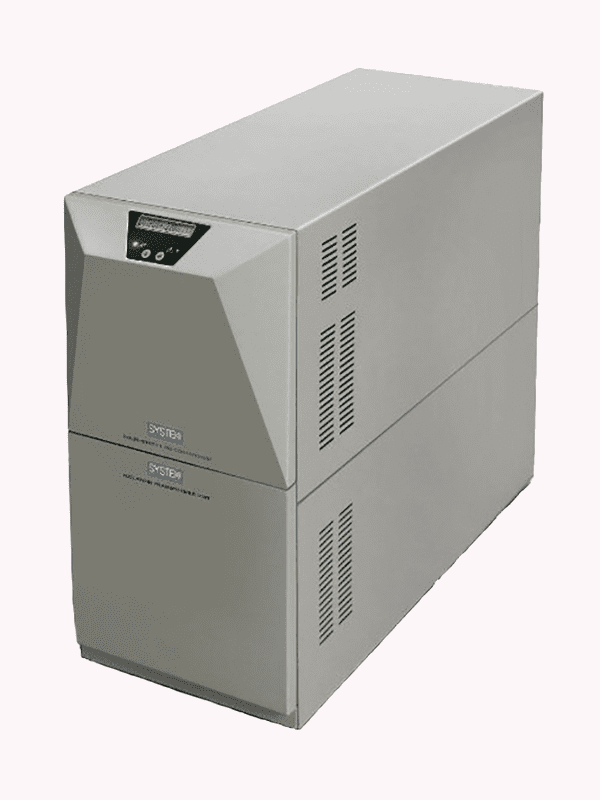A line conditioner is an essential device in electrical power distribution systems, designed to improve the quality of the electrical power supplied to various devices and equipment. The primary function of a line conditioner is to regulate the voltage levels, filter out noise and interference, and provide protection against power surges and spikes. In this article, we will delve into the world of line conditioners, exploring their principles, types, and applications, as well as their importance in maintaining the reliability and efficiency of electrical power systems.
Principles of Line Conditioners

Line conditioners operate on the principle of power conditioning, which involves the regulation of electrical power to ensure that it meets the required standards for safe and efficient operation of devices and equipment. The process of power conditioning involves several key steps, including voltage regulation, noise filtering, and surge protection. Voltage regulation is achieved through the use of transformers, voltage regulators, or other voltage-stabilizing devices, which help to maintain a consistent voltage level despite fluctuations in the input voltage. Noise filtering, on the other hand, is achieved through the use of filters, such as electromagnetic interference (EMI) filters or radio-frequency interference (RFI) filters, which help to remove unwanted noise and interference from the power supply.
Types of Line Conditioners
There are several types of line conditioners available, each with its own unique characteristics and applications. Some of the most common types of line conditioners include:
- Passive line conditioners: These devices use passive components, such as transformers, inductors, and capacitors, to regulate the voltage and filter out noise.
- Active line conditioners: These devices use active components, such as power electronic devices, to regulate the voltage and filter out noise.
- Hybrid line conditioners: These devices combine the benefits of both passive and active line conditioners, using a combination of passive and active components to achieve optimal performance.
| Type of Line Conditioner | Characteristics | Applications |
|---|---|---|
| Passive Line Conditioner | Low cost, simple design, limited functionality | Residential, commercial, and industrial applications where basic power conditioning is required |
| Active Line Conditioner | High performance, advanced functionality, higher cost | Critical applications, such as data centers, hospitals, and financial institutions, where high-quality power is essential |
| Hybrid Line Conditioner | Balanced performance, moderate cost, flexible design | Applications where a balance between performance and cost is required, such as telecommunications and manufacturing |

Applications of Line Conditioners

Line conditioners have a wide range of applications across various industries, including residential, commercial, and industrial settings. Some of the most common applications of line conditioners include:
- Powering sensitive equipment, such as computers, medical devices, and telecommunications equipment
- Protecting equipment from power surges and spikes
- Regulating voltage levels to prevent damage to equipment
- Filtering out noise and interference to improve equipment performance
In addition to these applications, line conditioners are also used in various industries, such as:
- Healthcare: to power medical devices and equipment
- Finance: to power critical systems, such as data centers and trading platforms
- Manufacturing: to power industrial equipment and machinery
- Telecommunications: to power telecommunications equipment and networks
Key Points
- Line conditioners are essential devices in electrical power distribution systems, designed to improve the quality of the electrical power supplied to various devices and equipment.
- There are several types of line conditioners available, including passive, active, and hybrid line conditioners, each with its own unique characteristics and applications.
- Line conditioners have a wide range of applications across various industries, including residential, commercial, and industrial settings.
- When selecting a line conditioner, it's essential to consider the specific requirements of your application, including the type of devices and equipment being powered, the level of power conditioning required, and the available budget.
- Line conditioners can help to protect equipment from power surges and spikes, regulate voltage levels, and filter out noise and interference, improving the overall reliability and efficiency of electrical power systems.
Technical Specifications of Line Conditioners
When selecting a line conditioner, it’s essential to consider the technical specifications of the device, including:
- Input voltage range: the range of input voltages that the line conditioner can accept
- Output voltage range: the range of output voltages that the line conditioner can provide
- Power rating: the maximum amount of power that the line conditioner can handle
- Efficiency: the percentage of input power that is converted to output power
- Response time: the time it takes for the line conditioner to respond to changes in the input voltage
It’s also essential to consider the certifications and compliance of the line conditioner, including:
- UL (Underwriters Laboratories) certification
- CE (Conformité Européene) certification
- FCC (Federal Communications Commission) compliance
What is the primary function of a line conditioner?
+The primary function of a line conditioner is to regulate the voltage levels, filter out noise and interference, and provide protection against power surges and spikes.
What are the different types of line conditioners available?
+There are several types of line conditioners available, including passive, active, and hybrid line conditioners, each with its own unique characteristics and applications.
What are the technical specifications of a line conditioner?
+The technical specifications of a line conditioner include input voltage range, output voltage range, power rating, efficiency, and response time.
In conclusion, line conditioners are essential devices in electrical power distribution systems, designed to improve the quality of the electrical power supplied to various devices and equipment. By understanding the principles, types, and applications of line conditioners, as well as their technical specifications and certifications, you can make informed decisions when selecting a line conditioner for your specific needs.
